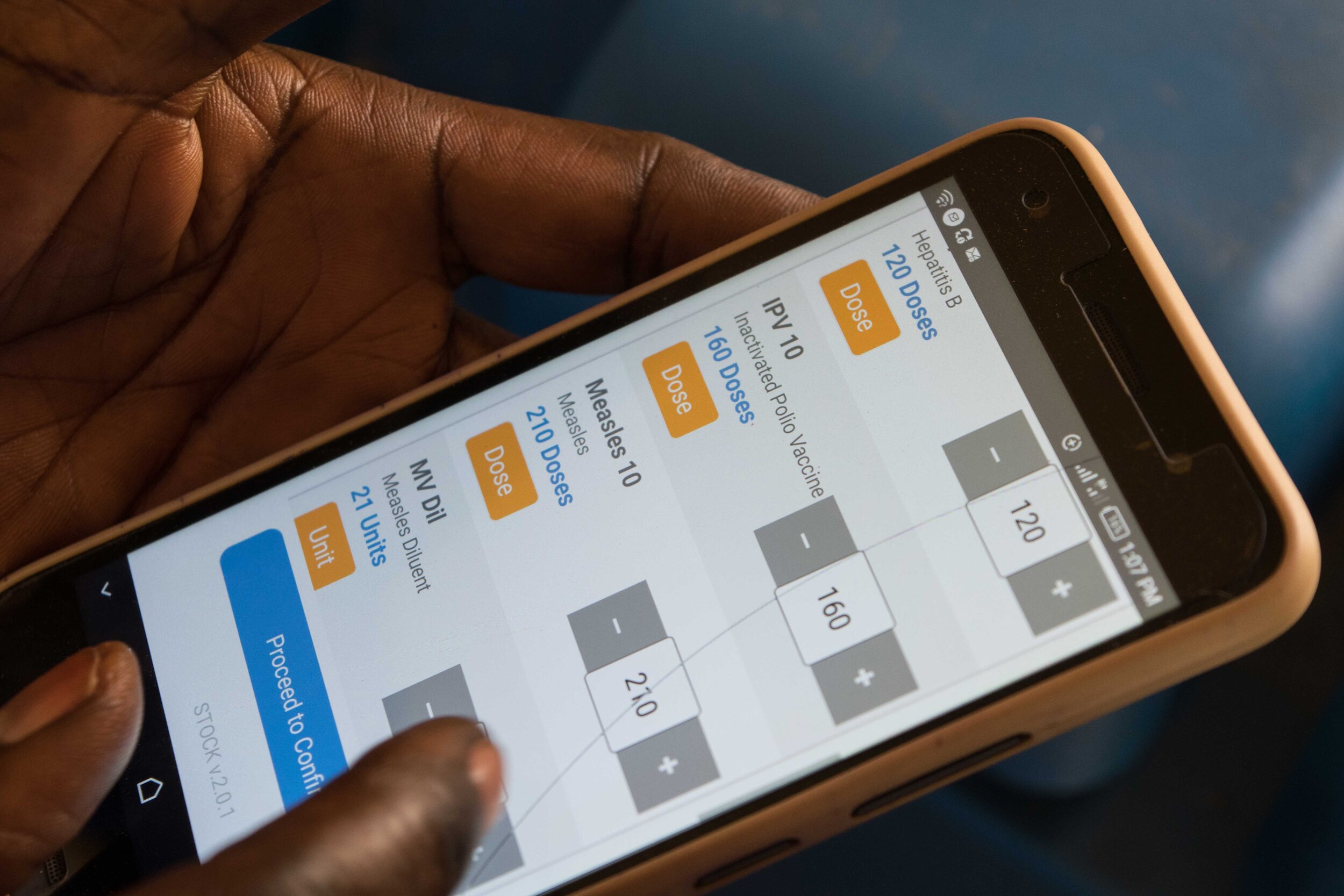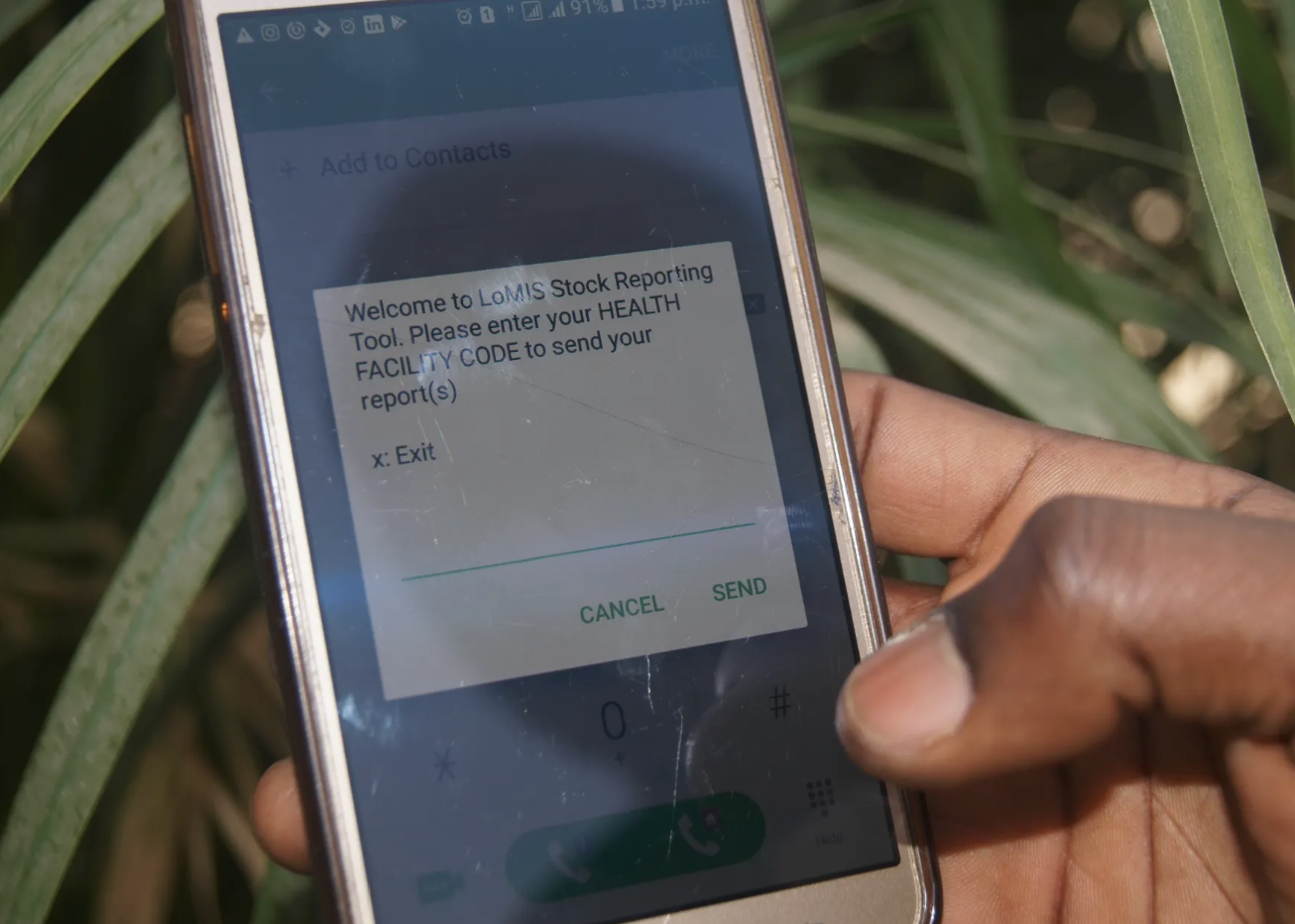By Joshua Ozugbakun and Emerald Awa-Agwu
How can accurate, real-time health inventory data will improve access to essential medicines and save lives?
With over 23,640 health facilities alone in Nigeria (as at 2005), collecting, managing and keeping track of health commodity stock data can be cumbersome. For the Nigeria Centre for Disease Control and Prevention (NCDC), the agency that is tasked with ensuring that pharmaceutical and health commodities are available in all the 36 states of Nigeria and the Federal Capital Territory, Abuja, this is a major challenge. To effectively prevent, treat and control diseases, medical supplies, and essential medicines must be available at all health facilities, treatment centers, and laboratories at all times. If the NCDC is unable to keep track of its own stock inventory data, its ability to deliver on its mandate will be hindered.
Prior to now, NCDC used to stock, track delivery, and management of pharmaceutical products using paper-based documentation. This method was not only error-prone but made it difficult to access and analyze information about pharmaceutical commodities stock and allocation across the 36 states in Nigeria and Abuja (FCT). This led to delays in the decision-making process to replenish commodities and in turn, stockouts at health facilities and treatment centers.
The resultant effects of these delays and stockouts are poor health outcomes like high mortality and morbidity rates, low life expectancies, and distrust in the health system. There are already several unpleasant stories of people who had diseases that were not detected or treated adequately because the medical supplies and essential medicines were unavailable, and the statistics only worsen as one goes from urban to rural areas.










